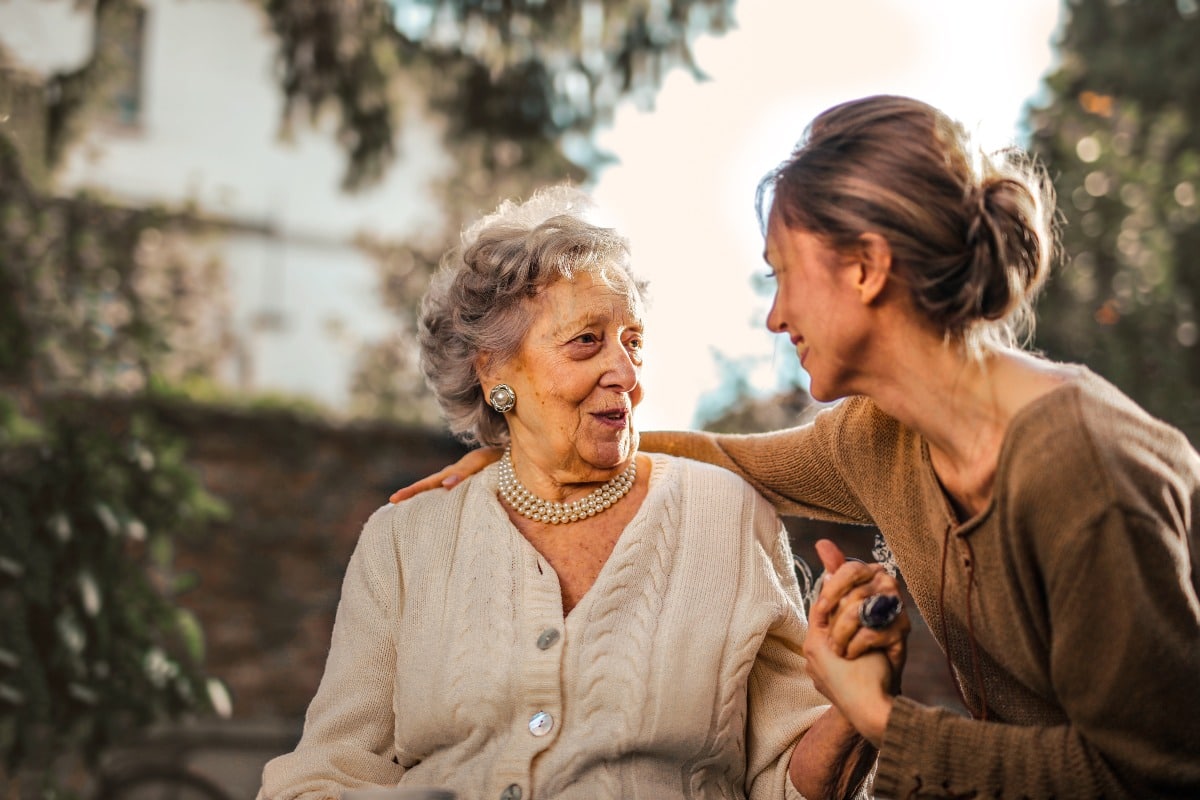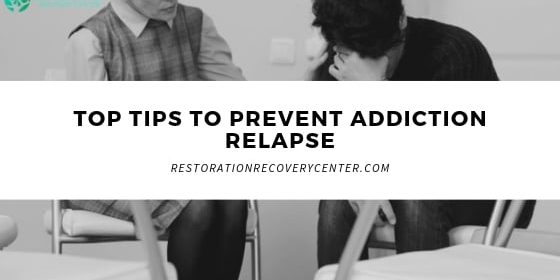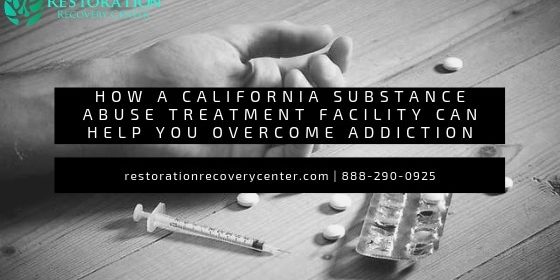What Is the Silent Epidemic of Elderly Parental Suicide?
Suicide rates in the United States have been rising in recent years, and new data from the CDC shows that this trend is especially acute among older adults.
In 2020, the suicide rate among persons aged ≥85 years was 20.9 per 100,000, more than double the rate of 9.4 per 100,000 observed in 1999. This increase represents the most significant percentage increase of any age group over this period. Suicide rates also rose sharply among adults aged 75-84 (from 8.1 to 18.4 per 100,000).
According to the National Institute on Aging, suicide is the fastest-growing cause of death among people 75 years and older.
Why Are Seniors Killing Themselves?
Research on senior suicide is scant. However, from the sparse data, there are several main reasons people over 75 choose to die.
Grief and loneliness
Grief and loneliness are also cited as primary risk factors for suicide in those 65 and older. After years of living a full life, seniors may find themselves grieving the loss of their spouse, friends, and other loved ones. They may also feel isolated and alone, especially if they live in a nursing home or retirement community.
Suicide is a permanent solution to what is often a temporary problem. Many support groups are also available for seniors struggling with grief and loneliness. These groups can provide a sense of community and make it easier to cope with the challenges of aging.
Human beings need connection to maintain mental wellness. Unfortunately, the increasing experience of isolation among seniors leads to mental health issues such as depression and anxiety. These mental health conditions raise the risk of suicide dramatically.
Financial and caretaking burden
Many seniors feel that they have lived long enough and that their time has come. However, they may also face physical or mental health problems that make them feel like they can no longer live independently.
As a result, they may see suicide as a way to prevent themselves from becoming a burden on their loved ones. In some cases, seniors may also be concerned about the cost of long-term care. They might believe their family would be better off financially if they were not around.
Chronic health issues
Another one of the main reasons this population is so vulnerable to suicide is chronic health issues and disabilities. For example, people are more likely to experience debilitating illnesses such as heart disease, cancer, and arthritis as they age.
The increase in physical limitations is devastating to many people. As a result, individuals cannot participate in the things they love to do and need to find new ways to spend their time.
Seniors are also more likely to suffer from cognitive decline and physical limitations. These conditions can lead to feelings of hopelessness, despair, and worthlessness.
Untreated mental health issues
It is estimated that in 60-90% of the cases of suicide in individuals 65 or older, the person had a history of mental health issues such as anxiety and depression.
Untreated mental health issues significantly contribute to suicide in this age group. Depression, anxiety, and isolation can lead to feelings of hopelessness and despair, making suicide seem like the only way out.
In addition, many seniors struggle with chronic physical pain and loneliness. Losing a spouse or other loved ones can be challenging, leaving some seniors feeling like they have nothing to live for.
There are ways to address these issues and prevent suicide among seniors. Mental health treatment, support groups, and community involvement can all help to improve the mental well-being of seniors and reduce the risk of suicide.
What Can We Do?
While there are many programs in place for suicide prevention, the most effective way to lower the risk of suicide in seniors is connection. Connection to family, friends, and the community is the most substantial protective factor against suicide.
There are also many organizations and websites dedicated to suicide prevention. On these pages, you can find information on warning signs and support for individuals, families, and survivors.
Survivors of parental or other senior suicide should seek support as soon as possible. Losing a loved one to suicide can be an incredibly isolating and confusing experience. There is often a sense of guilt and shame associated with suicide that changes the experience of grief for the survivors. Our culture does not deal well with suicide, and it is often condemned for religious and other reasons.
These cultural views of suicide contribute to the feelings of isolation survivors experience. They may feel they can’t openly discuss the loss. Often, family members lie or choose not to disclose the cause of death for this reason.
There are resources available to learn more about suicide prevention and how to cope with the grief of losing a loved one. Knowing that you are not alone is essential in working through the unique trauma of losing a parent or other elderly loved one to suicide.
Suicide is a serious problem among seniors, with rates increasing in recent years. There are many reasons why seniors may choose to take their own lives, including feelings of loneliness, isolation, and despair. In addition, many seniors worry about becoming a burden on their families or being sent to a care facility. These concerns can lead to a sense of hopelessness and helplessness, which may prompt some seniors to suicidal thoughts. However, it is important to remember that suicide is a permanent solution to an often temporary problem. If you or someone you know is considering suicide, please seek professional help immediately. Many resources are available to those in need, and there is always hope for a better tomorrow. For more information on suicide prevention, support for loved ones, and support for yourself, call Restoration Recovery Center today at (888) 290-0925.






